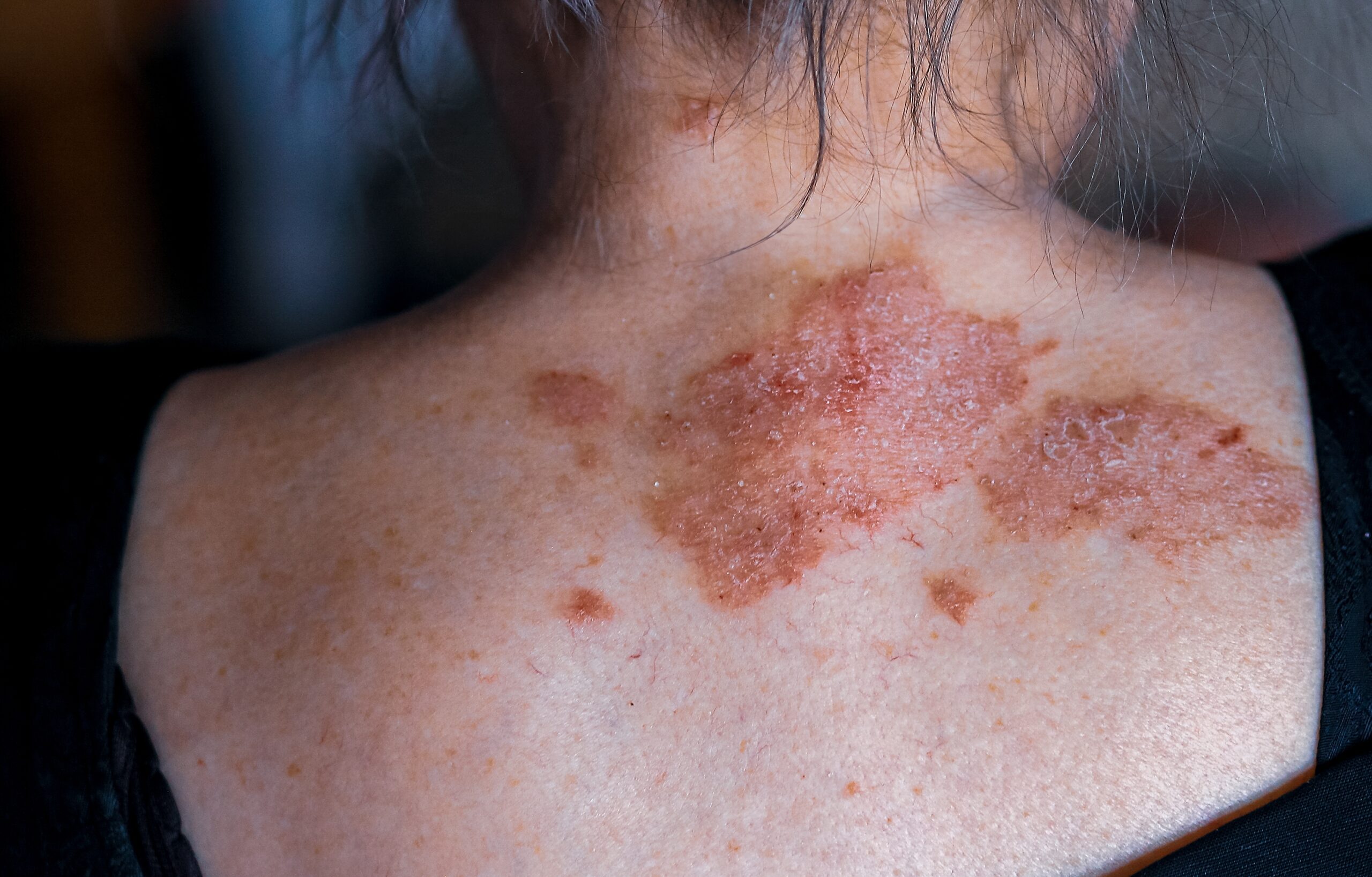Photodynamic therapy (PDT) is a special treatment method used for facial rejuvenation and acne treatment (mild to moderate stages). It is also widely used for superficial types of skin cancer and pre-cancers. It is effective in treating actinic keratosis and superficial basal cell carcinoma.
PDT involves using photosensitizing agents, oxygen, and light to create a photochemical reaction that specifically targets cancer cells and destroys them. Photosensitizing agents refer to the type of drugs that have to be administrated into the body through topical, oral, or intravenous ways. Once they get into the body, they concentrate in cancer cells and become activated only when the light of a certain wavelength is directed onto the affected site. The photodynamic reaction between the light, photosensitizing agent, and oxygen results in the destruction of cancer cells.
Some examples of photosensitizing agents include methyl aminolaevulinic acid cream, and aminolaevulinic acid hydrochloride topical solutionl. Methyl aminolaevulinic acid cream is used with red light or daylight. The cutaneous photosensitivity usually resolves within 24 hours after its application to affected areas. The aminolaevulinic acid hydrochloride topical solution is used with blue light.
The light sources that are used in PDT include laser or non-laser light. The laser light has a few advantages due to being monochromatic, coherent, and intense. Monochromatic means that only one colour/wavelength would correspond with the peak absorption of the photosensitizing agent. The coherent property enables the focus of lightwaves on a specific site. The intense property refers to the high irradiance which allows treatment times to be shorter.
The laser light is usually suitable for small skin lesions, while the nonlaser light is more suitable for larger skin lesions due to having a larger field of illumination.
Natural daylight is used as a light source for treating patients diagnosed with actinic keratosis.
PDT is used for various skin conditions like actinic keratosis on the face and scalp, squamous cell carcinoma, basal cell carcinoma, and acne.
The first stage of PDT treatment involves applying the photosensitizing drug onto the lesion. Prior to application, skin can be gently scraped via curettage or needle in order to increase the amount of the drug’s absorbance. The wait time may take from 3 to 6 hours giving the drug enough time to get fully absorbed into cancer cells.
The second stage involves using the laser or nonlaser light shining directly onto the treated area. This stage lasts from 5 to 45 minutes. The treated area is covered with a dressing. Depending on the type of lesion that requires treatment and photosensitizing chemical used, the second procedure can be repeated after 7-10 days.
The third stage involves facilitating the sunburn reaction, which usually takes 1-3 weeks to heal.
The post-procedure side effects are caused due to the treated area being sensitive to light. The photosensitivity lasts about 24 hours. Some side effects may include swelling, redness, burning/stinging sensation, itchiness, crusting, peeling, blisters, and skin infections.
The treated area should be protected from any light exposure. The dressing is recommended to be applied to the affected area. A local anesthetic (lignocaine spray) should be applied to a treated area before or during the second stage of the procedure in order to numb the pain.
The treated skin lesion may blister and ulcerate as cancer cells start to die off. It may take a few weeks to heal. The scarring is usually very minimal. There can be a loss of pigmentation which is temporary in the majority of cases. Permanent loss of pigmentation has been rarely reported.
Even though the photosensitizing agents are targeted at cancer cells, they can also affect the normal cells by making them more sensitive to light. This can be avoided by using photosensitizing creams that are directed only on the treatment site. If photosensitizing drugs are given through the mouth or injected intravenously then there may be an issue and normal cells will get affected as well. These patients may experience sensitivity to light in all parts of their bodies. Thus, they have to take some precautions to protect themselves from light for a few days-weeks.
Centre for Medical and Surgical Dermatology offers unique and personalized photodynamic therapy treatment options for each patient to treat various skin conditions like acne and actinic keratosis.
For more information about photodynamic therapy, visit the following link:
For more information about acne, visit the following link:
For more information about actinic keratosis, visit the following link:
For more information about basal cell carcinoma, visit the following link:



